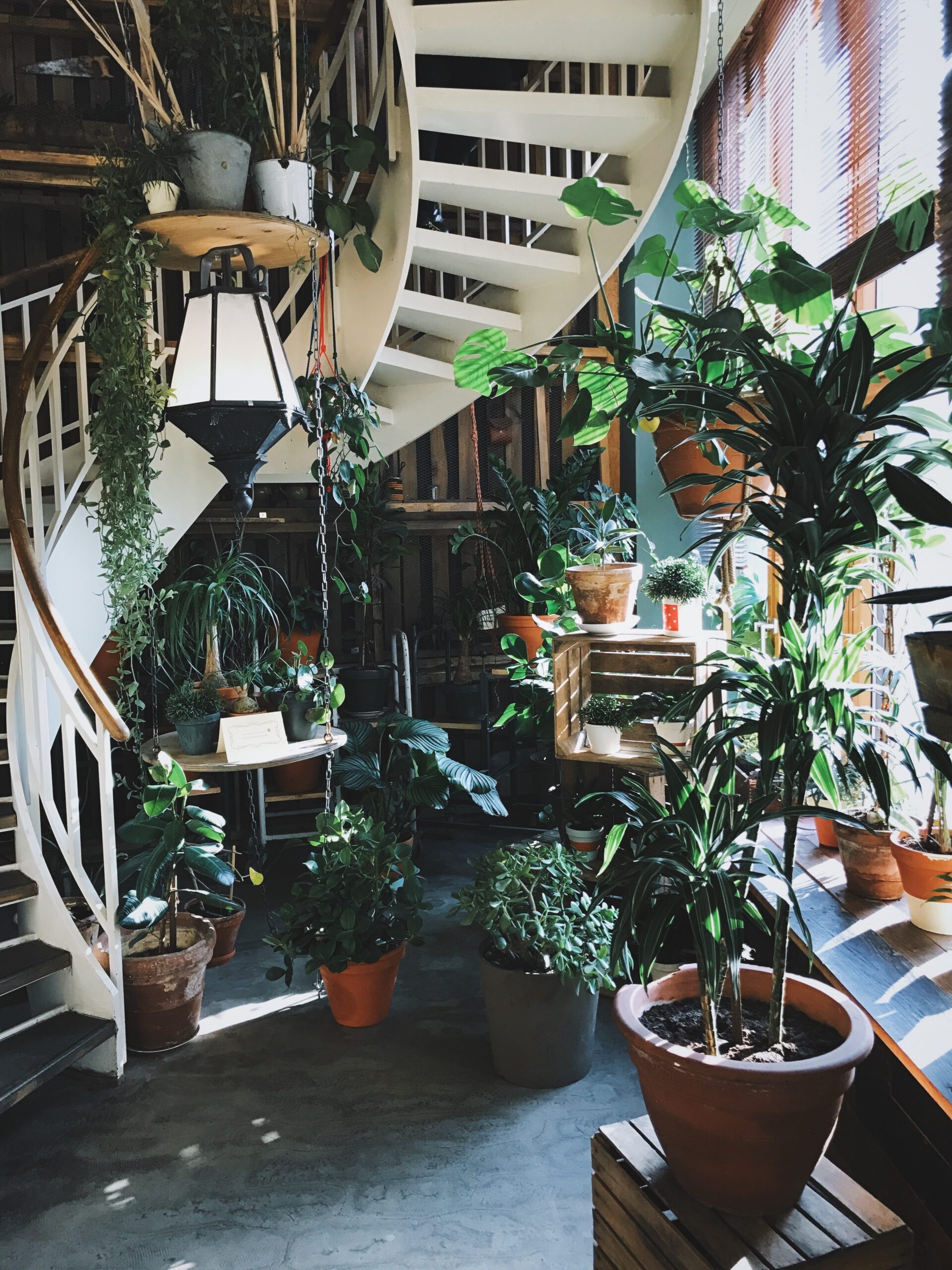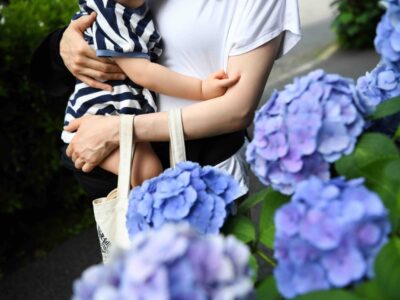Buying local products, recycling waste, and repurposing old gear are all worthwhile sustainable practices. But sustainability can extend far beyond these everyday actions. In fact, one can also apply sustainable principles to leisure activities such as gardening.
Gardening is already an inherently sustainable pastime, particularly vegetable gardening. Growing your own food allows you to avoid the chemical pesticides and fertilizers used in commercial growth as well as reducing your carbon footprint. Commercial food production involves many resources and hidden costs such as packaging and shipping. By growing your own food, you reduce your dependence on high-yield producers.
But there are many other practices one can employ to make a garden as sustainable as possible. Sustainable gardening goes one step beyond organic gardening in that it doesn’t just consider the quality of the food that’s grown, it also considers the soil, birds, insects, and other natural resources of the surrounding environment.
Native Plants
One way to ensure your garden is sustainable is to incorporate plants that are native to your area and suitable to your region’s climate. If you’re growing vegetables in your garden, you’ve likely chosen varietals that are seasonally appropriate such as radishes in the spring or fall and tomatoes in the summer. A similar logic applies to growing native plants: choose flora that will thrive in your environment, taking into account your area’s rainfall, soil, and temperature. If you live in a dry climate, opt for plants that don’t require a lot of water. Or if you live in a hot and humid area, incorporate species that love heat and moisture.
Native plants require less effort and use fewer resources because they’re already suited to the surrounding climate. Native plants will also support the local bird and insect population, giving them appropriate food sources and shelter from the elements.
In addition to native plants, you can choose plants that are non-invasive and resistant to insects such as Wild Strawberry or shrubby St. John’s Wart.
Companion Plants
In addition to choosing native plants, you can also help your garden’s success by selecting plants that complement one another. Called companion planting, this method of garden design seeks to place plants next to one another to support growth, control pests, and increase pollination.
“Companion planting is in contrast to monocropping,” says the University of Arizona’s Moses Thompson, coordinator of the college’s Community and School Garden Program. “Instead of just planting one species in an area, companion planting allows different plants to help each other out. It’s an organic way to control pests and preserve soil health.”
Chemical pesticides and fertilizers are commonly used in large-scale farms and gardens, even though they’re known to cause health problems over time. But companion planting can naturally eliminate the need to use these substances.
It’s also a good idea to consider where in your garden your plants are placed. For example, if a certain shrub requires shade then planting it next to a tree that offers cover makes sense. Or if you’ve got plants that need a lot of sunlight, make sure to place them in high exposure areas.
Conserve Resources
Choosing appropriate and compatible plants is an important aspect of any sustainable garden, but sustainability also involves the conservation of resources.
An easy way to conserve water is to use natural sources such as rainwater. Rainwater can be collected and stored in rain barrels or other containers and used whenever your plants or vegetables need moisture.
You can also collect and save seeds. As plants grow, they produce seeds that can be harvested and planted the following season. Peas, beans, peppers, and tomato seeds are perhaps the easiest to save, but you can also collect flower seeds. Store seeds in a cool, dry place until they can be replanted. It’s the cycle of life at its most basic: plant, grow, harvest, and repeat.





